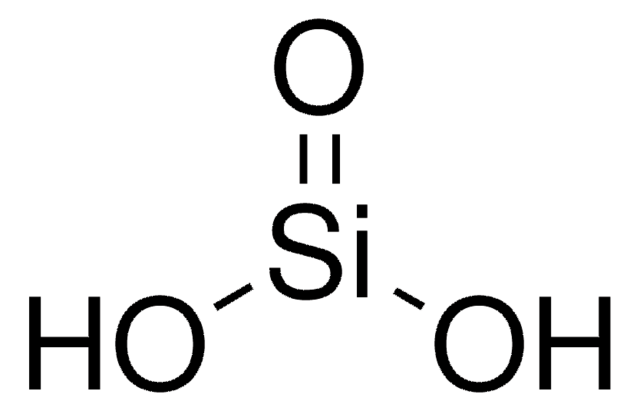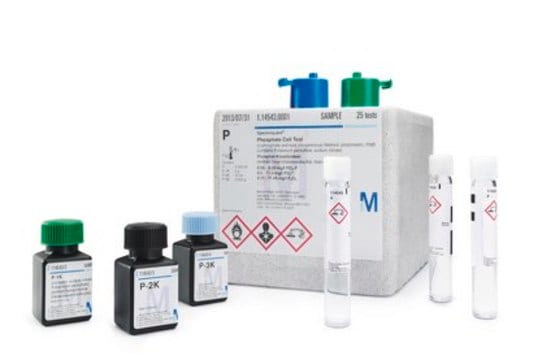SIL350
Silicic acid
BioReagent, suitable for column chromatography, 100-200 mesh (75 - 150 μm)
Sinónimos:
hydrated silica, metasilcic, silica acid
About This Item
Productos recomendados
Línea del producto
BioReagent
Nivel de calidad
Ensayo
≥99.8% Si (as SiO2) basis
Formulario
solid
tamaño de partícula
100-200 mesh (75 - 150 μm)
idoneidad
suitable for column chromatography
cadena SMILES
O[Si](O)=O
InChI
1S/H2O3Si/c1-4(2)3/h1-2H
Clave InChI
IJKVHSBPTUYDLN-UHFFFAOYSA-N
¿Está buscando productos similares? Visita Guía de comparación de productos
Aplicación
Acciones bioquímicas o fisiológicas
Nota de preparación
¿No encuentra el producto adecuado?
Pruebe nuestro Herramienta de selección de productos.
Palabra de señalización
Warning
Frases de peligro
Consejos de prudencia
Clasificaciones de peligro
Eye Irrit. 2 - STOT SE 3
Órganos de actuación
Respiratory system
Código de clase de almacenamiento
11 - Combustible Solids
Clase de riesgo para el agua (WGK)
WGK 3
Punto de inflamabilidad (°F)
Not applicable
Punto de inflamabilidad (°C)
Not applicable
Equipo de protección personal
dust mask type N95 (US), Eyeshields, Gloves
Elija entre una de las versiones más recientes:
¿Ya tiene este producto?
Encuentre la documentación para los productos que ha comprado recientemente en la Biblioteca de documentos.
Nuestro equipo de científicos tiene experiencia en todas las áreas de investigación: Ciencias de la vida, Ciencia de los materiales, Síntesis química, Cromatografía, Analítica y muchas otras.
Póngase en contacto con el Servicio técnico




